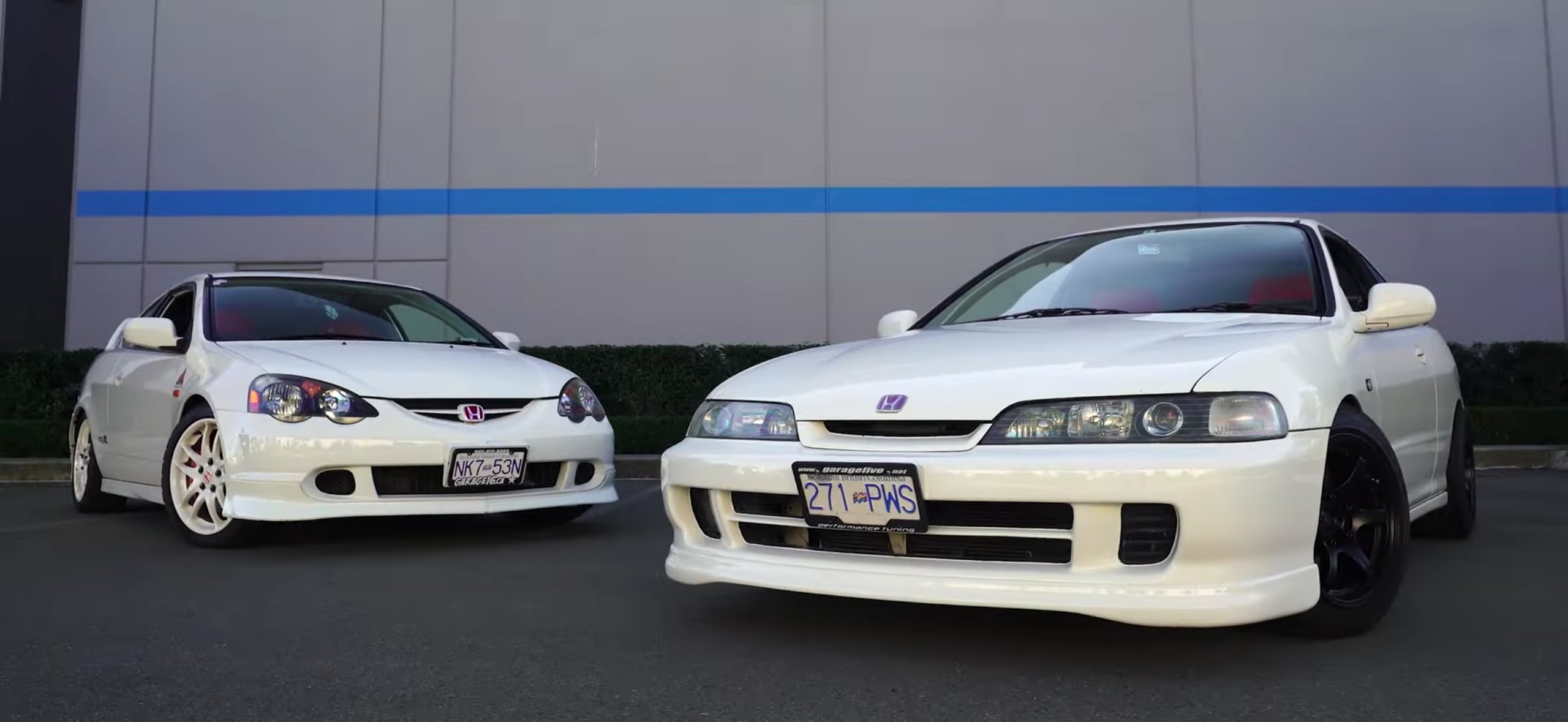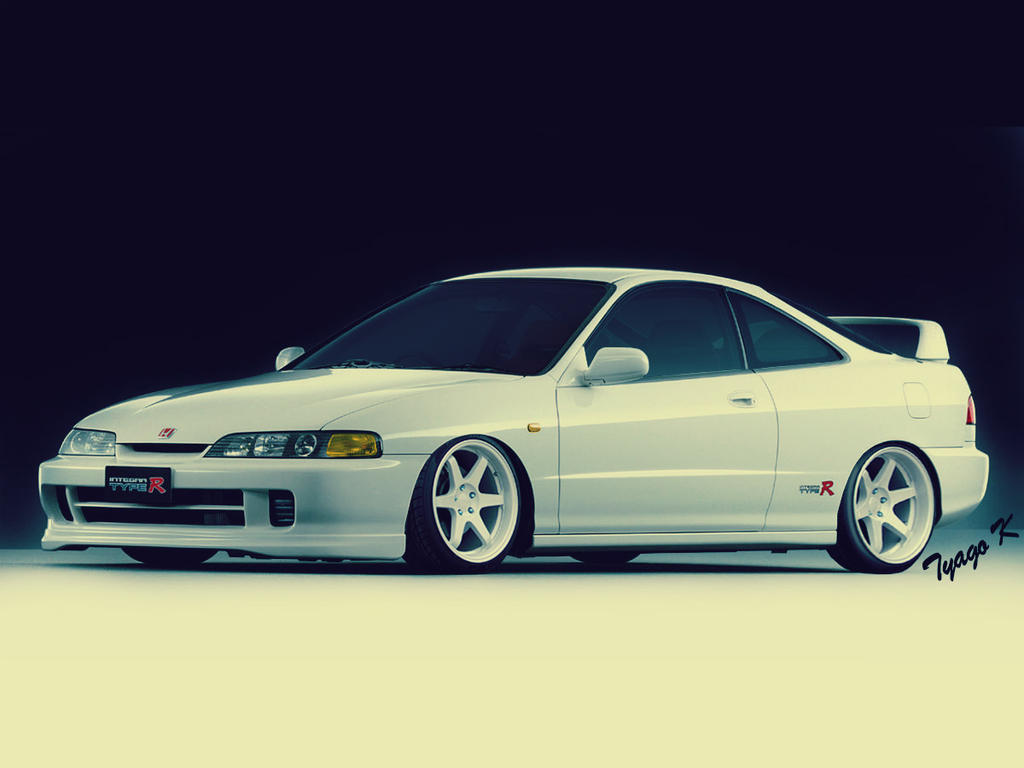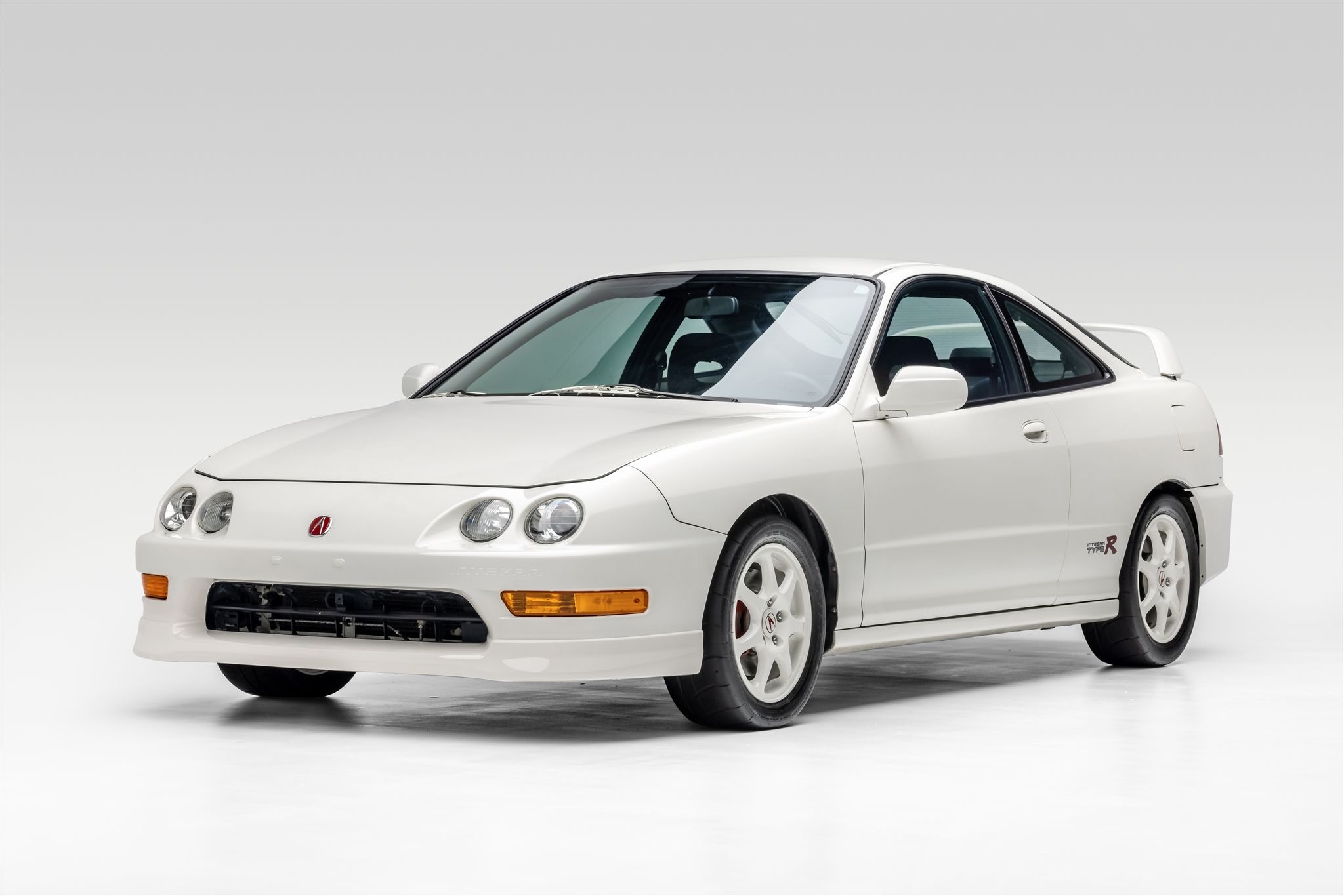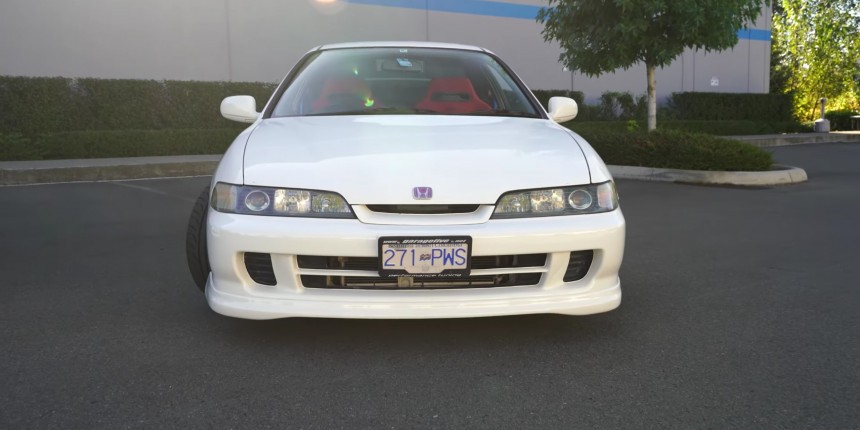The Integra And Integra Type R: A Tale Of Two Honda Legends
The Integra and Integra Type R: A Tale of Two Honda Legends
The Integra and Integra Type R: A Tale of Two Honda Legends
Introduction
With great pleasure, we will explore the intriguing topic related to The Integra and Integra Type R: A Tale of Two Honda Legends. Let’s weave interesting information and offer fresh perspectives to the readers.
Table of Content
The Integra and Integra Type R: A Tale of Two Honda Legends

The Honda Integra, a name synonymous with sporty driving and reliability, has captivated enthusiasts for decades. Yet, within its lineage, a distinct and coveted variant emerged: the Integra Type R. While both share the Integra name, they embody contrasting approaches to performance, each offering a unique driving experience. Understanding the nuances between these two models is key to appreciating their individual strengths and choosing the one that aligns with your driving desires.
The Integra: A Foundation of Sportiness
The Integra, in its various iterations, served as the foundation for Honda’s commitment to building engaging, practical, and affordable sports cars. From the first-generation model introduced in 1986 to the final iteration in 2001, the Integra consistently offered a blend of sporty handling, a peppy engine, and a comfortable interior.
Its appeal lay in its versatility. The Integra was not just a track-focused machine; it could be a daily driver, a weekend cruiser, and a capable performer on winding roads. It was a car that could seamlessly transition between these roles, making it a popular choice for those seeking a balanced and engaging driving experience.
The Integra Type R: A Focus on Performance
The Integra Type R, introduced in 1995, represented a distinct shift in Honda’s approach to performance. It was an unadulterated pursuit of speed and handling, a testament to Honda’s engineering prowess and commitment to motorsport.
Type R models were stripped of non-essential features, their interiors were spartan, and their engines were tuned for maximum power and responsiveness. The Type R was designed for the driver who craved a pure and unfiltered driving experience, prioritizing track performance above all else.
Key Differences: A Head-to-Head Comparison
While both models shared the Integra name, their fundamental differences were evident in various aspects:
Engine: The Integra Type R boasted a significantly more powerful engine. The first-generation Type R featured a 1.8-liter VTEC engine producing 195 horsepower, while the second-generation model pushed that to 215 horsepower. In contrast, the standard Integra models offered less powerful engines, typically around 140-170 horsepower, depending on the generation.
Transmission: The Type R models were exclusively offered with a close-ratio six-speed manual transmission, emphasizing precise gear changes and aggressive acceleration. The standard Integra models offered both manual and automatic transmissions, catering to a broader range of driving preferences.
Suspension: The Type R models featured a more sophisticated suspension system, with stiffer springs, larger anti-roll bars, and adjustable dampers, maximizing handling and cornering capabilities. The standard Integra models had a more comfortable suspension setup, prioritizing ride quality over pure performance.
Interior: The Type R models were stripped of luxury features, focusing on functionality and driver engagement. Their interiors featured lightweight, race-inspired seats, a simple dashboard, and minimal sound insulation. The standard Integra models offered a more comfortable and well-appointed interior, with features like power windows, air conditioning, and a more refined sound system.
Exterior: While both models shared the same basic shape, the Type R models featured subtle but significant exterior modifications. These included larger wheels, a more aggressive front bumper, a rear spoiler, and Type R-specific badging, visually distinguishing them as performance-oriented machines.
The Legacy and Influence:
The Integra and Integra Type R have left an indelible mark on the automotive world. The standard Integra, with its balance of performance and practicality, established Honda as a force in the sports car market. The Integra Type R, with its relentless pursuit of performance, cemented Honda’s reputation for engineering excellence and laid the foundation for the Type R badge, which has become synonymous with high-performance Honda models across various segments.
FAQs: Unraveling the Mysteries
Q: Which Integra model is better for everyday driving?
A: The standard Integra models offer a more comfortable and practical driving experience, making them better suited for everyday use. Their suspension is tuned for a smoother ride, and they offer a more refined interior with features like power windows and air conditioning.
Q: Which Integra model is better for track driving?
A: The Integra Type R models are designed specifically for track performance. Their powerful engine, aggressive suspension, and lightweight build make them exceptionally capable on the racetrack.
Q: Which Integra model is more collectible?
A: The Integra Type R models, particularly the first-generation, are highly sought after by collectors due to their limited production numbers and their reputation for performance. They are often considered a valuable investment.
Q: What are the common issues with the Integra and Integra Type R?
A: Both models are generally known for their reliability, but some common issues include engine oil leaks, transmission problems, and suspension wear. Regular maintenance and proper care can help prevent these issues.
Tips: Finding the Right Integra
1. Consider your driving needs: If you prioritize everyday comfort and practicality, the standard Integra is a better choice. If you seek pure performance and track capability, the Type R is the way to go.
2. Research the different generations: Each generation of the Integra and Integra Type R offers unique features and characteristics. Research thoroughly to find the model that best suits your preferences.
3. Check the condition: When purchasing a used Integra, it is essential to have it inspected by a qualified mechanic to ensure it is in good condition.
4. Be prepared for higher maintenance costs: The Integra Type R, due to its performance-oriented nature, may require more frequent maintenance and potentially higher repair costs.
Conclusion: A Legacy of Excellence
The Integra and Integra Type R represent two distinct but equally important facets of Honda’s legacy. The standard Integra introduced a generation of drivers to the joys of sporty driving, while the Integra Type R pushed the boundaries of performance and engineering. Both models continue to be cherished by enthusiasts, representing a time when Honda was synonymous with affordability, reliability, and a pure driving experience.








Closure
Thus, we hope this article has provided valuable insights into The Integra and Integra Type R: A Tale of Two Honda Legends. We thank you for taking the time to read this article. See you in our next article!